Although I have lived in Ruislip for the past few years, I have never been to the Ruislip Woods or to visit the remains of the famous Battle of Britain House, which features often on community social media platforms. The history of this house is fascinating on a global scale, and I finally made a visit on one chilly and dreary afternoon in mid-January. I thought that I would get my daily exercise by exploring Ruislip Woods, and after a circle around, I realised that I had made a mistake because it was unbelievably muddy. I had not prepared for just how muddy and wet the ground would be, so I did not stick around long after getting fed up. But, I did want to show the remains of this one-beautiful house. I think I'll return to Ruislip Woods in the spring and once it's dry weather.

So, what is the history of the house? The Battle of Britain House history starts in 1904 when a Danish or German farmer named Josef Conn bought the lease for "Ducks Hill Plantation" from King's College Cambridge, who owned all or most of the land in Ruislip. (The majority of the housing estates in Ruislip, Ruislip Manor, and Ruislip Gardens were built in the 1930s after Kings College Cambridge sold the land for development.) Mrs. Josef Conn used their first residence here (Horsens) for a sort of wellness retreat that became popular at the time. World War I meant that the family left the house to Howard Stransom Button, who was famous for creating what is now known as Budgens supermarkets.
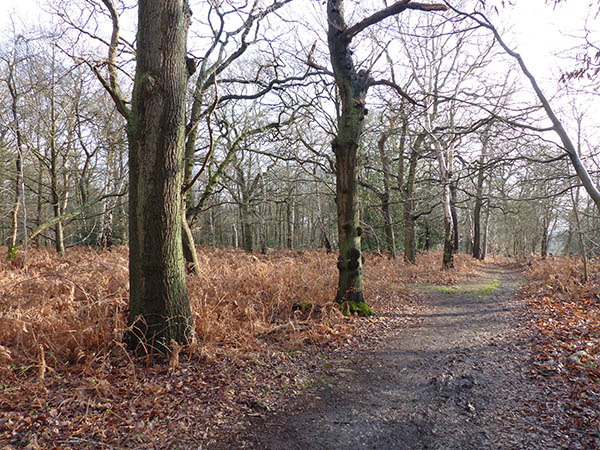
In 1920, a new resident moves in; the new resident is a travel writer from Tennessee and known as Meyer Franklin Kline. He made a fortune via a Japanese Steamer company and renovated the mansion and named it Kokyo after being inspired by the Japanese Palace in Tokyo. It was also decorated with luxury items gathered from his travels, including bronze lion statues that were placed in the garden. The house eventually was renamed to Franklin House, which was possibly to honour the American president as well as his own name. However, World War II meant that his business with Japan took a hit, and he could no longer afford it.
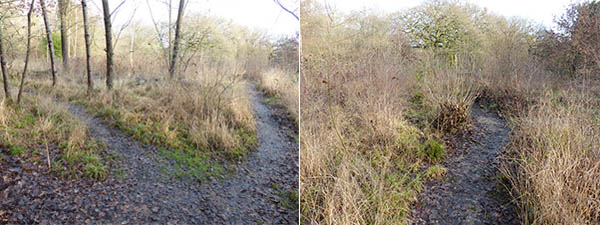
Around 1940, Mrs. Hertog whose family had fortune in the margarine industry in the Netherlands, resided at Franklin House. This family were the founders of Unilever, one of the largest companies for fast-moving consumer goods in the world today. This was only short-lived because the house became under ownership of the War Office during World War II. It was used to train U.S. Office of Strategic Services for missions in Europe. Agents were trained here to report on intelligence in Nazi-occupied Europe. Many never returned, and some of these were not honoured because they helped fuel the Communism in German forces at the time, and the Cold War and anti-Communism followed after World War II.
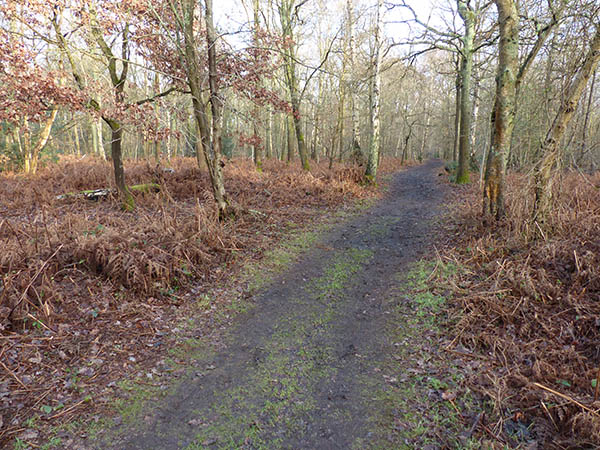
After World War II, the Royal Air Force converted Franklin House to a residential college. This also doubled as a memorial to the RAF squadrons that participated in the Battle of Britain, hence the name "Battle of Britain House" from 1947. Liberal arts courses were taught at the house as a memorial to those who perished.
Many members in the community today remember when they visited the house to attend various workshops in painting, pottery, literature, and other liberal arts courses.

The Battle of Britain House met its end on a hot August day in 1984. During renovations, the house caught on fire and was completely destroyed. The council had no choice but to demolish the standing walls and let it be reclaimed by nature. It is now a part of Ruislip Woods. Below are a couple of images of the house in its heyday.
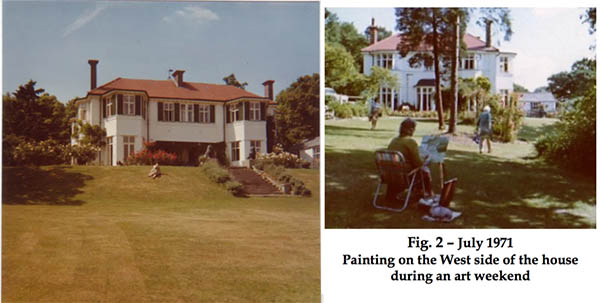
1) Image from Owen, Sid. "The Battle of Britain House : Exploring the ruins of a secret agent training facility", https://explorabilia.co.uk/2019/01/18/the-battle-of-britain-house/ [17 Jan, 2021]
2) Image from Bowlt, Colin. "FROM WOODS TO WOODS - the saving of the Battle of Britain House site", http://btckstorage.blob.core.windows.net/site8867/Journals/2011/J11Pg%2032-35.pdf [17 Jan, 2021]
Now, onto my visit of the Battle of Britain house in January of 2021, which is just under fourty years after the house was burned to the ground. Okay, it was not too muddy at the beginning of my visit. I had no idea what I was in for when I descended toward the house and then when I decided to walk further into the woods.
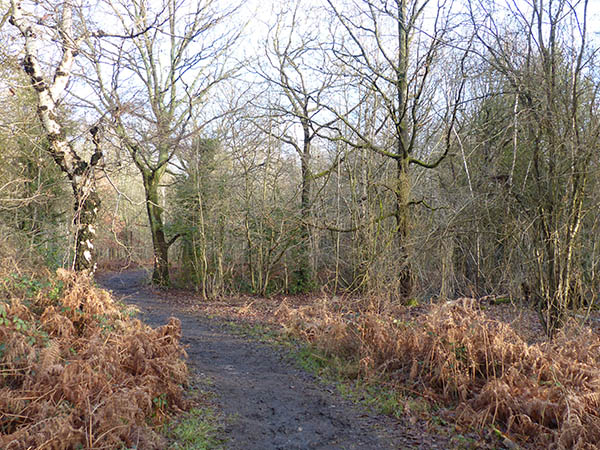
Okay, it got a little wetter...but it got much worse!
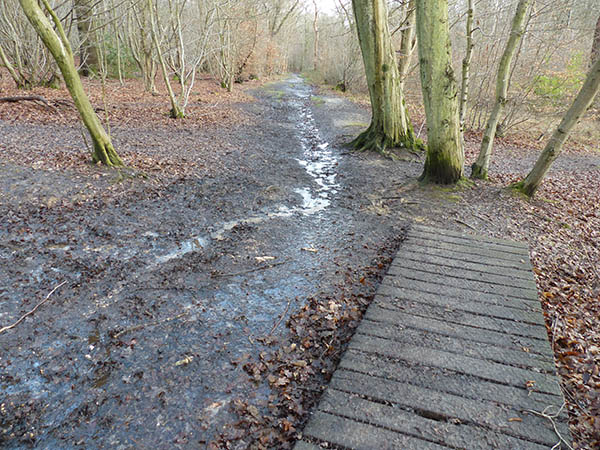
I used the map and educated knowledge of visiting abandoned properties to discover where the house remains were located. Apparently it's difficult to locate the house, but once I followed the map to the appropriate location, a couple decorative pine trees on the edge of what looked like younger trees stuck out as once being a part of a garden...it's the sort of tree you find next to houses. (Daffodils are another item to look for if looking for remains of old/abandoned houses or ruins, and I did see some spring flowers of some sort poking through next to where the house's foundations were.)
So, when I discovered the towering decorative pines in the distance in what looked like a bit of a clearing, I headed toward them. I discovered the remains of some structure with three cylindrical cement items in the middle. I am not sure what this building could have been, but they were in the middle of a clump of pines. This was just one building, and it was located almost to the front of the house.
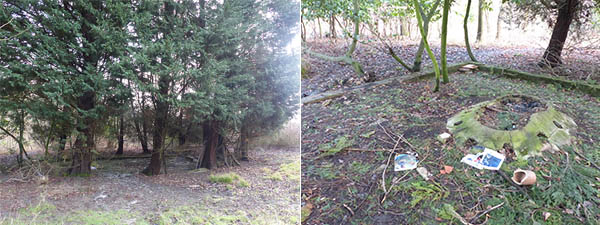
From this little clump of trees, the mound of the remains of the former Battle of Britain House can be seen with a structure in the front. The structure is the staircase up the bank on which the house was built. In the below photograph, I am standing and looking at the former garden that you can see in one of the vintage photographs. I'm just to the right of the staircase, just off-centre.
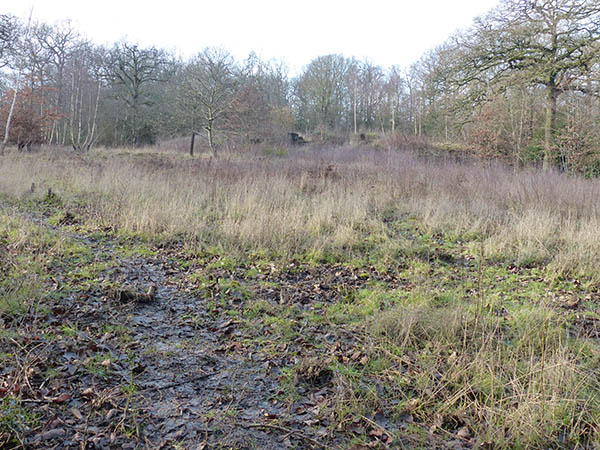
From the top of the staircase, I can see the little pines where the concrete cylinders in the ground were located. The staircases were decorated with the bronze Chinese (Japanese?) lions at one point. I have no idea if they survived the fire or where they are now.

The ground here shows evidence of a fire as you can see the black ash. The ground feels dry. The house foundations itself were not located immediately in front of the staircase but were set back. It's not possible to see exactly where they were. I did follow a pathway to the back, which led to some concrete corner foundation and a mass of concrete, which was probably one of the boundaries. It was fenced off here.
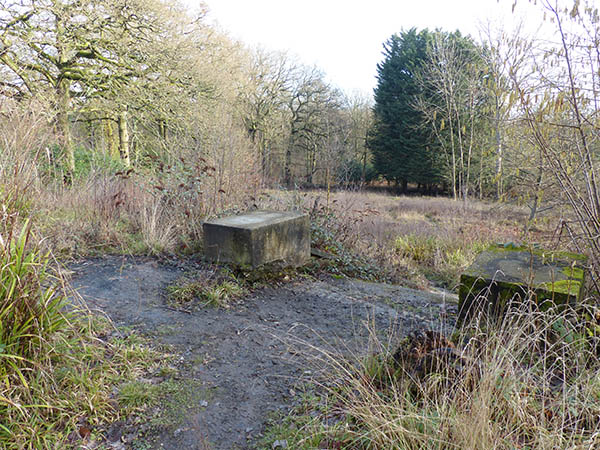
After descending back down the staircase, I turned to the left and came across another set of foundations. This was probably an outbuilding of some sort.
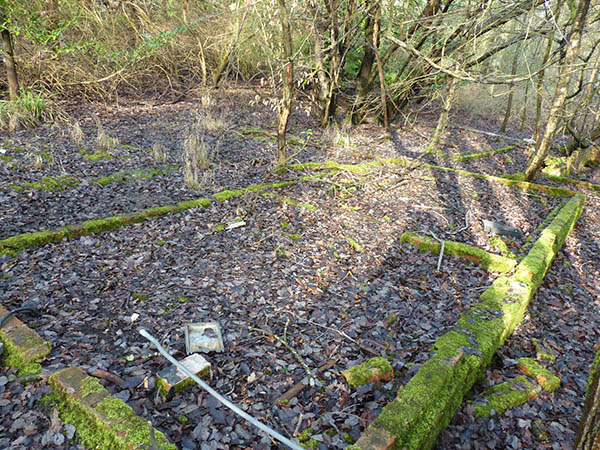
It was wired up with electrics, and what I think was a drain is just outside it.
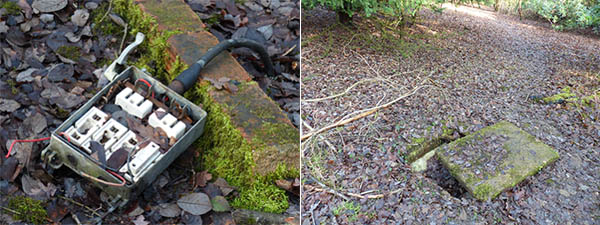
After exploring it, I felt a little creeped out. Abandoned places as this are often creepy to visit, so I did not linger. I decided to go for a quick walk around Ruislip Woods.
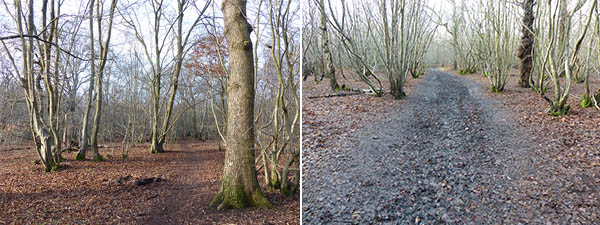
However, I did not get very far. The footpaths became muddier the further I walked, but I think it was just unlucky that the paths I took to get further into the woods were less muddy than where I ended up and the path that I choose to walk back.
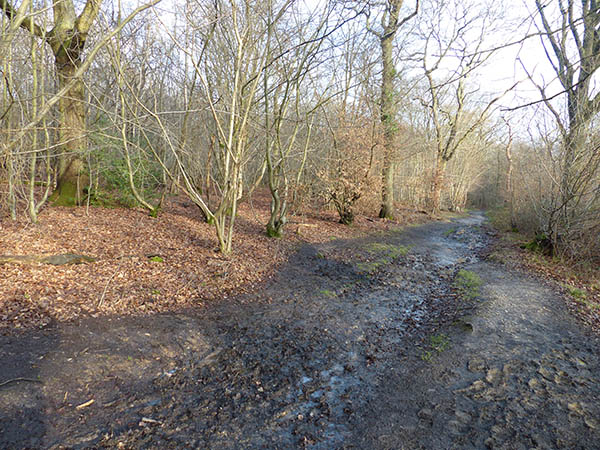
I'd already turned up and given up at this point. I discovered this massive puddle on my way back, but the whole footpath was like this in places. I wasn't expecting a muddy mess through the woods. I was expecting the footpaths to not be that muddy. Ops.
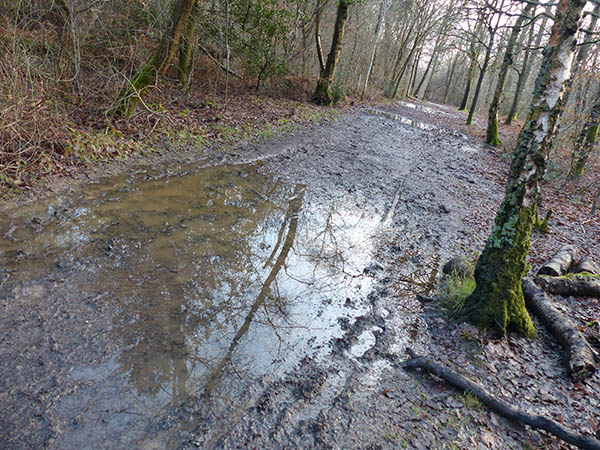
I found my visit to the Battle of Britain House to be fascinating, even if it eas eerie. It is a shame that the house has been destroyed. It had so much important history, and it would have been a real treasure to the community. Now, it's all forgotten. I think a memorial of some sort would have been good here, especially for the importance that the building served during the war years and its life after that. Many lived here and had memories of their time here. It is sad to see the forest reclaim it.
I researched about the Battle of Britain House online, so my writing is based on the different sources about it's history. More information and photographs about the Battle of Britain House can be read here: https://battleofbritainhouse.org/
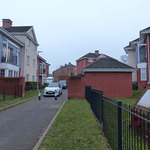

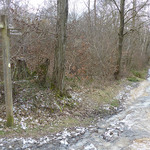
Leave a comment